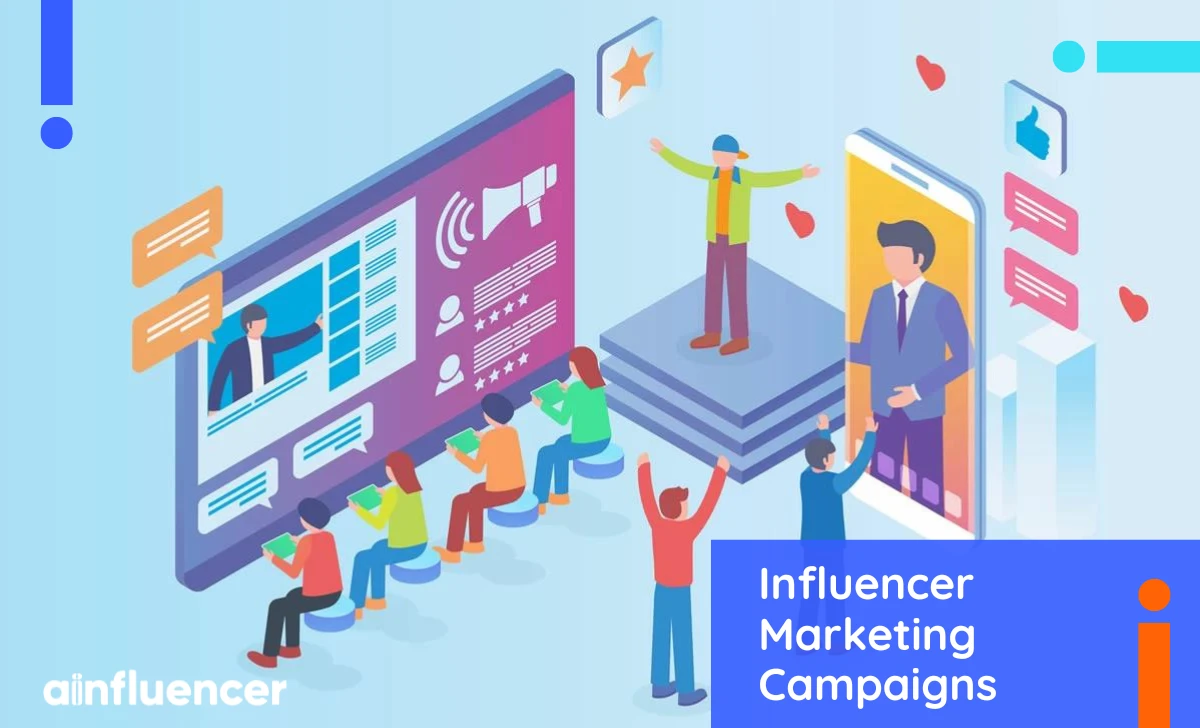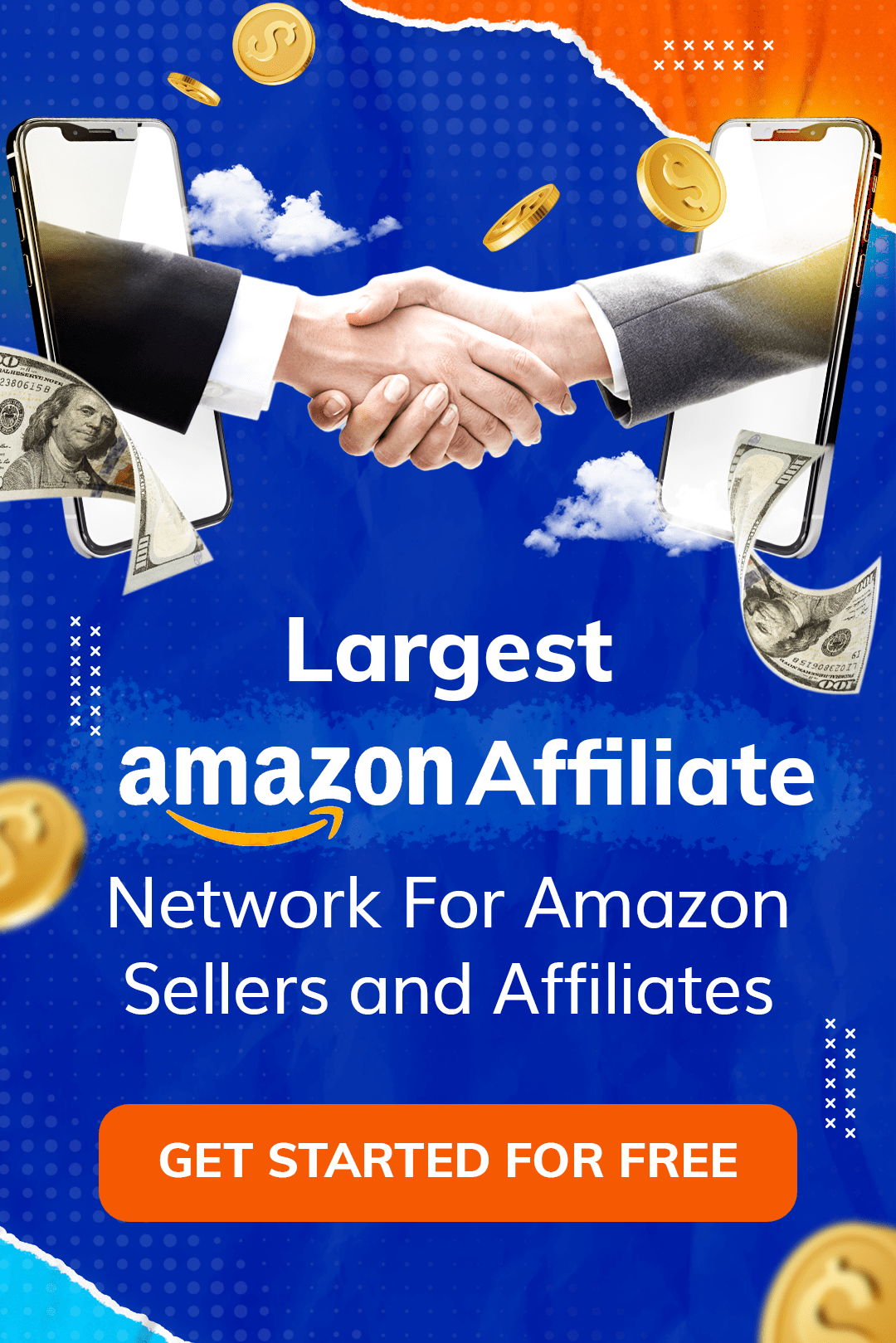How crucial is influencer marketing for brands? It helps them connect with their audiences and establish a strong presence on social media through targeted influencer marketing campaigns. As a result, more marketers are increasing their budgets and investing in this strategy.
Influencers set trends, boost brand visibility, and are trusted more than traditional ads, helping brands build trust with new customers. Companies collaborate with influencers of all sizes to expand their reach and engage larger audiences.
Most brands now use platforms like Ainfluencer, a free tool that connects businesses with thousands of influencers. Its advanced search and in-app chat streamline the collaboration process, making it a great option for efficiently expanding your brand’s reach.
What Are Influencer Marketing Campaigns?
Influencer marketing campaigns are all about teaming up with popular individuals, known as influencers, who have a large following on social media or other online platforms. These influencers use their influence and trust in their audience to promote a brand’s products or services. They create content about your brand and share it with their followers, which helps boost your visibility, build trust, and engage more people.
But what makes this kind of marketing so effective?
It’s all about building real connections. Influencers don’t just show off a product—they often talk about their personal experience with it, which makes their content feel more genuine and relatable. Instead of sounding like a traditional ad, it feels more like a friendly recommendation.
They might share a post, video, or live stream featuring the brand, often marked as sponsored with tags like #ad. Whether it’s a big-name influencer reaching millions or a micro-influencer with a close-knit community, each campaign is designed to reach the right people.
Brands also set clear goals for these campaigns—whether it’s getting more eyes on their product, increasing clicks to their website, or boosting sales. They track things like likes, shares, views, and purchases to measure success.
At the end of the day, influencer marketing is like turning everyday word-of-mouth into a powerful digital strategy.
What Are the Types of Influencer Marketing Campaigns?
Influencer campaigns aren’t one-size-fits-all. Each type offers unique advantages depending on your goals. Here’s a breakdown to help you choose what suits your brand best:
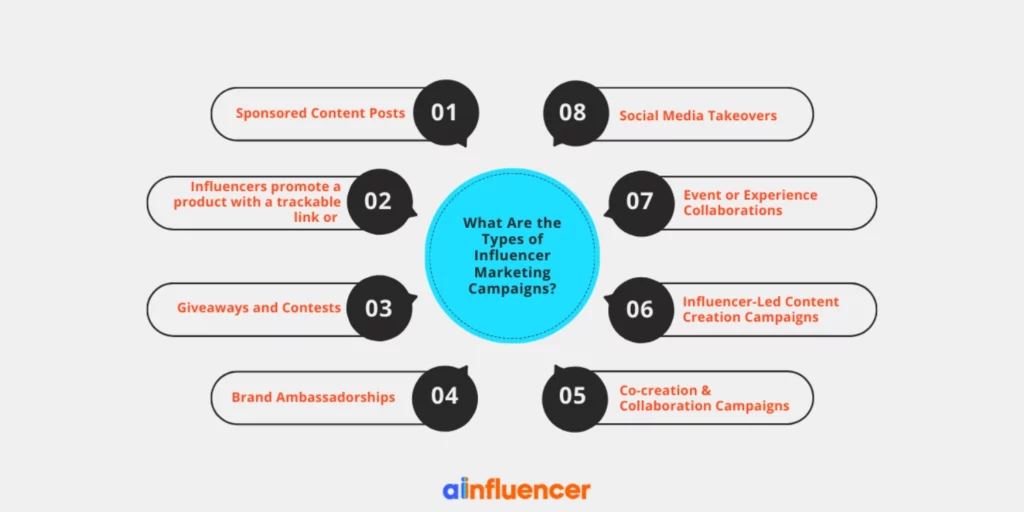
- Sponsored Content Posts: Influencers create and share content featuring your product on their own platforms, typically styled to match their authentic voice. It’s ideal for boosting visibility and brand awareness in a relatable way.
- Affiliate Marketing and Discount Codes: Influencers promote a product with a trackable link or discount code and earn a commission for conversions. This model directly drives sales while incentivizing influencers to promote with impact.
- Giveaways and Contests: The influencer hosts a giveaway of your product, encouraging followers to engage (tag friends, follow your page). It’s a great tactic to spark engagement and gain new followers quickly.
- Brand Ambassadorships: Influencers form ongoing partnerships with your brand and post regularly over time. This builds trust and authenticity, showing that they truly believe in your products or services.
- Social Media Takeovers: An influencer takes control of your social media account for a day and posts content for your audience. This introduces fresh perspectives and draws the influencer’s audience to your brand.
- Event or Experience Collaborations: Invite influencers to special brand events or experiences where they create and share content. It brings excitement and FOMO to your audience, especially for launches or exclusive moments.
- Influencer-Led Content Creation Campaigns: Influencers create content (videos, images, blog posts) for your brand to use on its own channels or ads. You get authentic, high-performing content tailored for social platforms.
- Co-creation & Collaboration Campaigns: Influencers help design products or campaigns, then promote them. Their deep involvement drives high engagement, loyalty, and often buzzworthy product launches.
What Is the Purpose of Influencer Marketing Campaigns?
What is the real purpose of creating an influencer marketing campaign? The primary goal is to promote a brand on social media effectively. To make these partnerships successful, brands must develop detailed marketing campaigns that specify the campaign type, duration, and any other necessary details. Furthermore, influencer marketing campaigns can lead to increased sales, higher website traffic, and greater brand awareness.
But what type of influencer should you consider working with? Influencers with smaller followings, such as micro-influencers and nano-influencers, can help marketers reach niche audiences. Although they may have fewer followers, they can be very effective for startups and small businesses.
On the other hand, influencers with large followings, such as mega-influencers and macro-influencers, are often used to reach a larger audience. However, this typically requires a higher budget for your campaign.
Influencers are often the reason why people trust your brand enough to make a purchase. They bring trust to your brand’s marketing campaigns by engaging with their followers and creating their content. Although influencer marketing is still fairly new, it’s already very popular.
Top 17 Influencer Marketing Examples
If you’re a marketer looking into influencer campaigns, seeing successful examples can help you take your brand to the next level.
Here are the best influencer marketing examples that show how brands have used influencer marketing effectively.
1. Dunkin’ Donuts Celebrates National Donut Day
You have most likely heard of Dunkin’ Donuts, a brand that became popular for its delicious, colorful donuts. Over time, they expanded their offerings to include coffee, becoming known for both tasty donuts and coffee. They also created an influencer marketing campaign that made them even more popular.
Dunkin’ Donuts launched one of National Donut Day’s most successful influencer marketing campaigns. Their goal was clear: to increase their reach on Instagram.
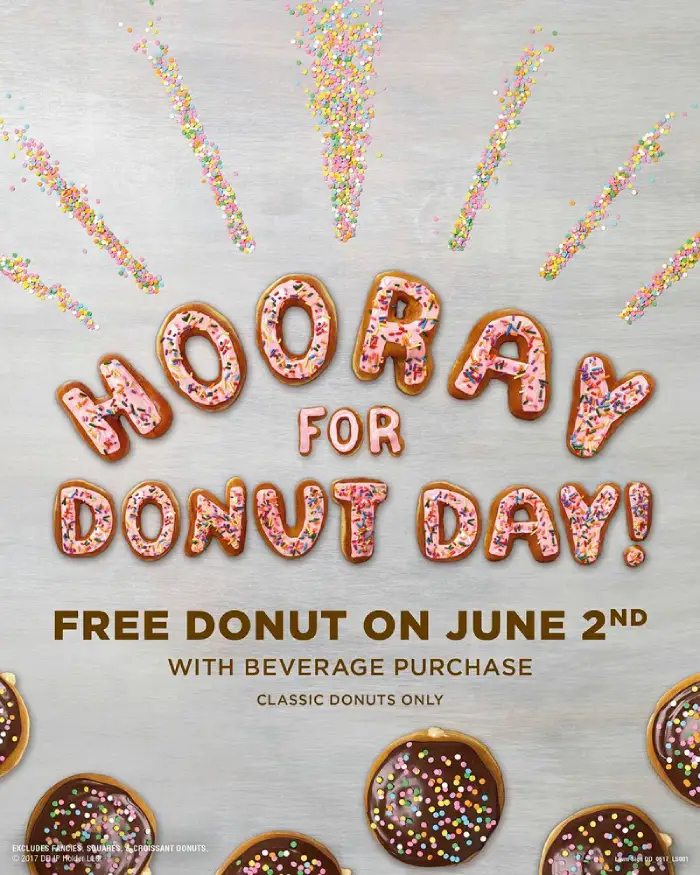
Dunkin’ Donuts launched one of National Donut Day’s most successful influencer marketing campaigns. Their goal was clear: to increase their reach on Instagram. Dunkin’ created a Snapchat campaign filled with visually appealing and engaging content by partnering with the digital talent network and entertainment studio Collab. This collaboration helped them connect with a wider audience in a creative and impactful way.
They selected well-known influencers like Charli D’Amelio to create and share teaser content. These influencers took over Dunkin’ Donuts’ official Snapchat account to run the campaign across three cities and time zones in the USA.
Their content encouraged followers from all social media platforms to follow Dunkin’ Donuts on Snapchat and visit the stores for special promotions.
Campaign’s result:
The campaign reached 3 million people, gained 10 times more Snapchat followers, and led to 40,000 interactions in just one month.
2. Redken – Sabrina Carpenter Global Ambassador Campaign
Have you ever wondered how a haircare brand can go viral with Gen Z? Redken, a popular hair care brand, wanted to get more young people talking about their products. So, they teamed up with singer and actress Sabrina Carpenter, who was already in the spotlight thanks to a viral hit song.
Sabrina became a global brand ambassador for Redken and started sharing her favorite Redken hair products on social media. She also appeared in Redken ads, co-created limited-edition kits, and even hosted fun Q&A sessions where fans could ask her hair-related questions.
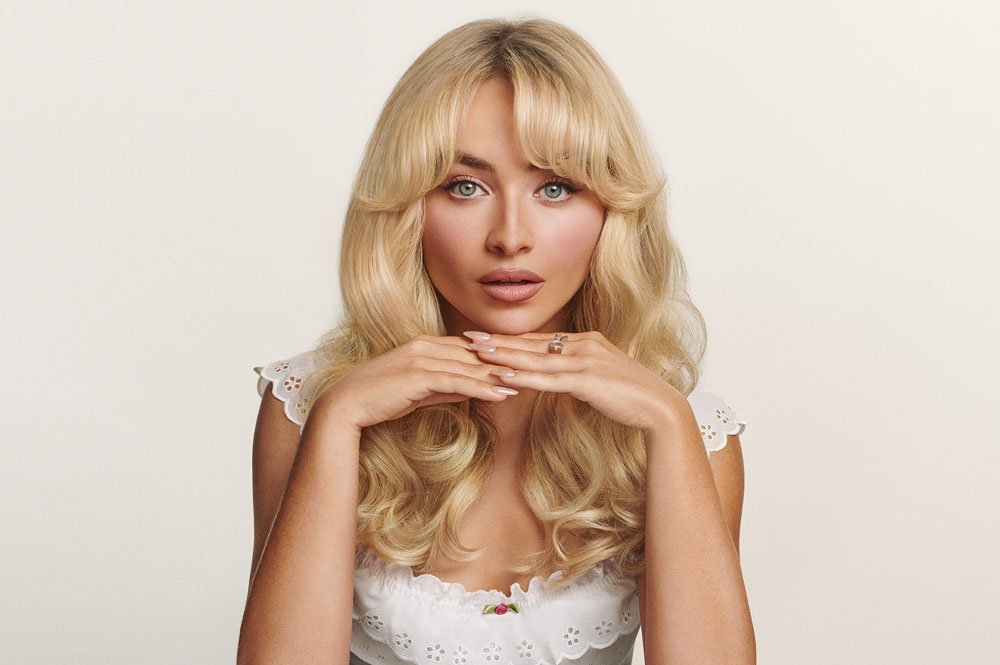
Redken and Sabrina posted coordinated content across both of their social channels, including behind-the-scenes videos of her hair routines.
And the results?
They knocked it out of the park. In just three months, posts featuring Sabrina outperformed all other Redken content. One Instagram post alone got over 83,000 views, and many of her posts reached over 9 million users, bringing in thousands of likes and comments.
Even better, Redken noticed more Gen Z followers and a big jump in sales for the products Sabrina featured—one hair mask even sold out after she posted about it.
Why did it work so well? Sabrina’s fun, relatable image matched Redken’s goal to refresh its brand. She actually enjoys using the products, so her fans trust her.
Plus, by making her a long-term partner (not just a one-time post), Redken built a stronger connection with her audience. They timed the campaign perfectly to ride the wave of her rising fame.
3. Dior #Buttermilk: 67 Shades of Skin
Let’s discuss Dior’s influencer marketing campaign, one of the top luxury brands worldwide. Imagine a campaign so effective that it attracted millions of new customers, all within the cosmetics sector.
Cosmetic brands like Dior always come up with the best marketing campaign ideas to promote their products, reach a wider audience, and encourage purchases and brand loyalty. After all, Dior is a brand that many people would love to have products from to show off. Now imagine this impact coming from their new campaign.
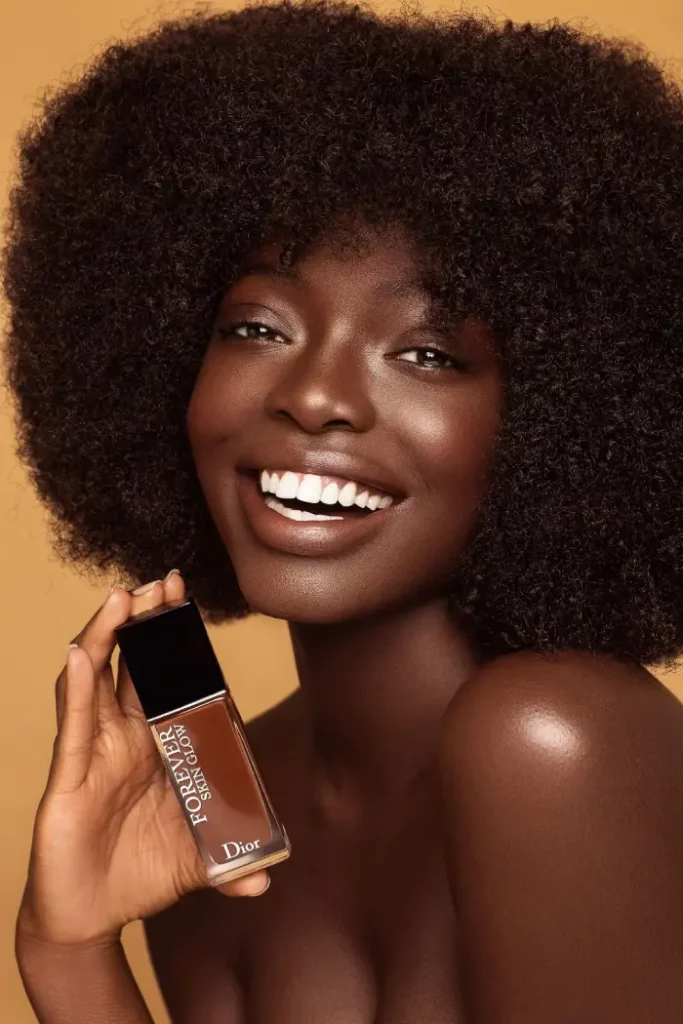
Dior launched a campaign to promote their new product, Forever Foundation, which offers 67 unique shades. Finding the right foundation can be challenging, but Dior has made it easy for people to find their perfect match.
This influencer campaign won the Gold award for Best Beauty Campaign at the 2020 Influencer Marketing Awards. Dior used the campaign to launch and raise awareness for their new Forever Foundation, which comes in 67 unique shades. They selected 67 influencers, each representing one of the foundation shades.
Campaign’s result:
Sixty-seven influencers, each representing one of Dior’s 67 foundation shades, took part in the campaign, which achieved a total reach of 2.66 million.
4. Gymshark’s partnerships team scouts talent
At least two of three gym enthusiasts are obsessed with Gymshark and its products. Therefore, Gymshark created a program to increase their sales plans called Gymshark’s Partnerships Team Scouts Talent.
Gymshark’s partnerships team actively scouts talent to create content featuring their products. If you browse TikTok or Instagram, you’ll come across many of their brand ambassadors, called Gymshark Athletes, who promote their latest purchases and share discount codes.
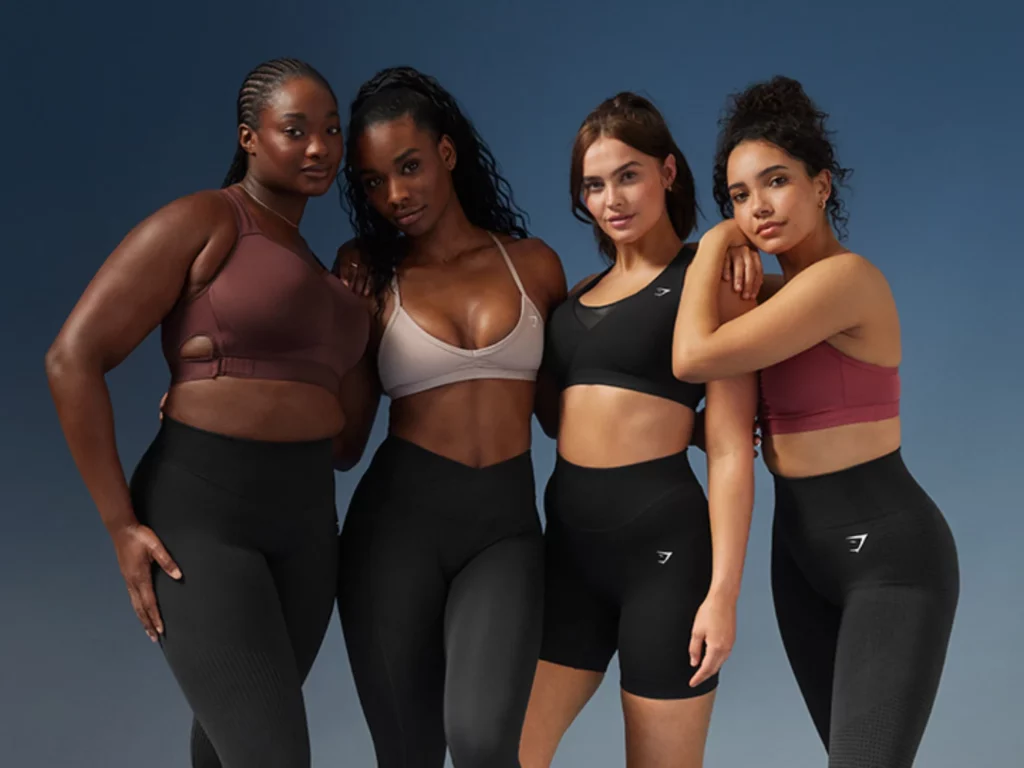
For example, if an influencer showcases Black Friday haul items and directs followers to use her affiliate link, it helps bring new customers to Gympshark’s campaign.
The main point is that brand ambassadorships promote special offers and present products authentically, increasing direct sales. Try-on hauls help viewers imagine themselves in the clothing and ask questions about sizing and fit. They also generate more user content and expand the brand’s reach.
Campaign’s result:
Though Gymshark is one of the most famous brands specializing in gym clothing, their campaign helped them increase sales and gain millions of new loyal customers. With influencers participating in their campaign, they garnered 241.3 million views on TikTok and over 750,000 posts on Instagram.
5. Rhode (Hailey Bieber’s Brand) – Alexandra Saint Mieux Collab
Can a phone case really help sell beauty products? That’s exactly what Rhode, Hailey Bieber’s skincare brand, pulled off. They teamed up with stylish TikTok creator Alexandra Saint Mieux to launch a limited-edition bubble phone case that matched their popular peptide lip tints.
Alexandra, known for her glamorous outfits and bold style, created trendy TikToks and Instagram Reels showing how to pair the colorful phone cases with Rhode lip tints. Think of it like turning your phone into an accessory—and your lips into the perfect match. Her posts were full of eye-catching visuals, exclusive product vibes, and her genuine excitement.
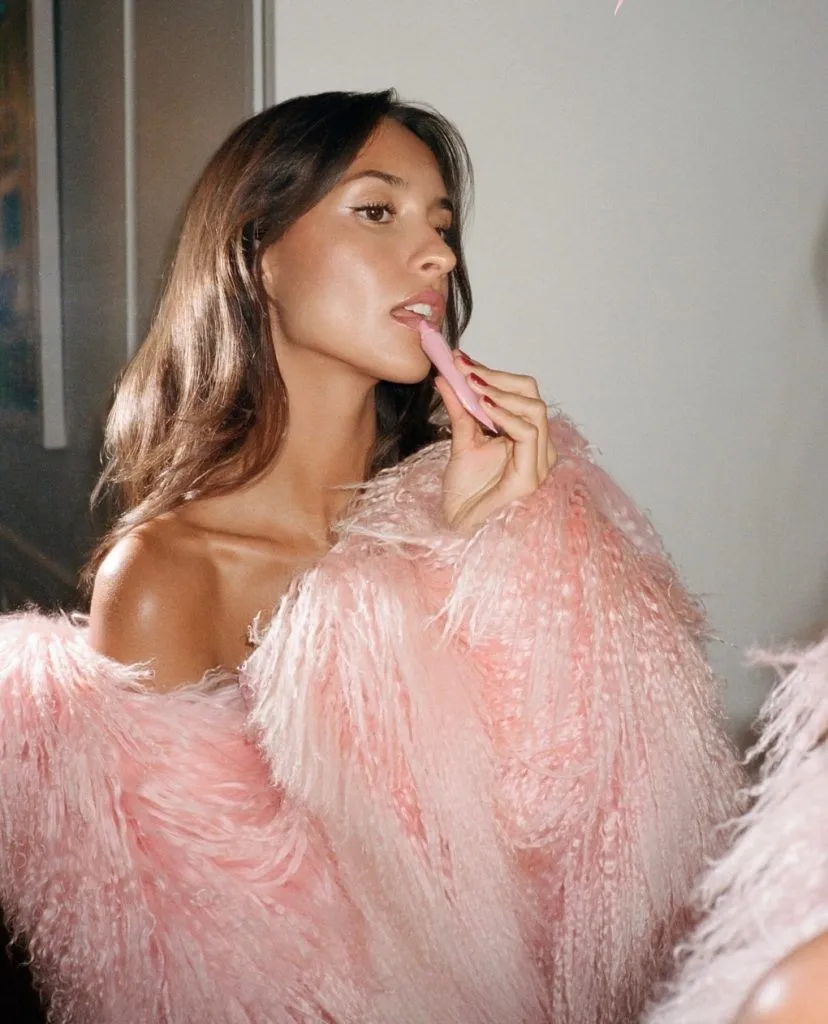
And just like that, this TikTok influencer marketing just took off. One of Alexandra’s posts became one of Rhode’s top performers, pulling in 247,000 likes, over 3,600 comments, and reaching more than 9 million people.
The campaign racked up 10+ million impressions and had a huge engagement rate (nearly 9%, which is rare for brand collabs). The phone cases sold out fast, and lip tint sales spiked thanks to the smart cross-promotion.
The campaign result?
Rhode nailed the match between influencer and product. Alexandra’s bold, stylish content was perfect for showcasing the fun, fashionable vibe of the phone case and lip tint combo.
Plus, they launched it during the fall—a time when people love to refresh their look. The campaign was creative, fresh, and got people talking and buying.
6. Revolve #RevolveAroundtheWorld
Revolve is a luxury online fashion retailer known for trendy, influencer-driven marketing and high-end clothing. It works with top influencers and celebrities, offering a seamless shopping experience for style-conscious consumers.
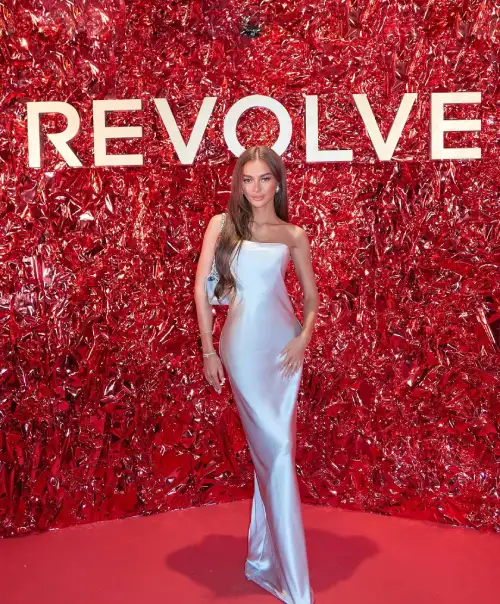
Revolve launched a brand ambassador program as part of its marketing campaign, allowing customers to engage in the fashion brand’s renowned influencer experience.
The program offers commissions and incentives, including early access to new brands, participation in the company’s renowned #RevolveAroundtheWorld influencer trips, and access to exclusive events like the Revolve Festival, in addition to rewards and prizes for engaging with their favorite brands and products from the retailer.
Campaign’s Result:
Ranked among the top influencer marketing campaigns of 2023, it brought in 3,000 new members, and 10,000 applicants, and significantly boosted traffic, sales, and valuable insights.
7. ASOS – Micro-Influencer Styling Haul
What happens when you let the internet style itself? Fashion giant ASOS found out—by putting the spotlight on everyday trendsetters instead of mega-celebrities.
They rolled out a huge micro-influencer campaign, teaming up with dozens of creators from around the world, each with a modest but loyal following (think 5,000 to 50,000 fans).
@lilyiwatson ASOS HAUL ⭐️🐆 so obsessed with the first co-ord 🤭 AD @asos #ootd #fashion #asoshaul #asos #styling #outfitideas #outfitinspo ♬ original sound – Lily Watson
These influencers received hand-picked ASOS outfits and shared their personal hauls through Reels and TikToks. Whether it was plus-size looks, streetwear, or modest fashion, each post felt tailored and real. The whole thing was stitched together under one hashtag: #AsSeenOnMe—a clever way of turning customers into the brand’s runway.
And just like that, ASOS hit the jackpot. Individually, these creators weren’t pulling millions of views—but together? Their reach was massive.
The hashtag hit 1 million+ posts, and ASOS saw a big jump in clicks from Instagram. Some items even flew off the shelves—like a coat that became a best-seller in Germany after one local influencer featured it.
Why did it click? Because ASOS knew that authenticity sells. When people see someone who looks like them styling clothes confidently, it builds trust—and trust turns into sales.
Plus, micro-influencers tend to have stronger engagement and feel more like friends than ads. ASOS didn’t just run a campaign; they built a global fashion community—and let their fans do the talking.
8. Mountain Rose Herbs
Are you looking for organic herbs and plants? Mountain Rose Herbs, founded in 1987 in Eugene, Oregon, sells organic herbs, spices, teas, and essential oils. Now imagine them offering their products in a marketing campaign.
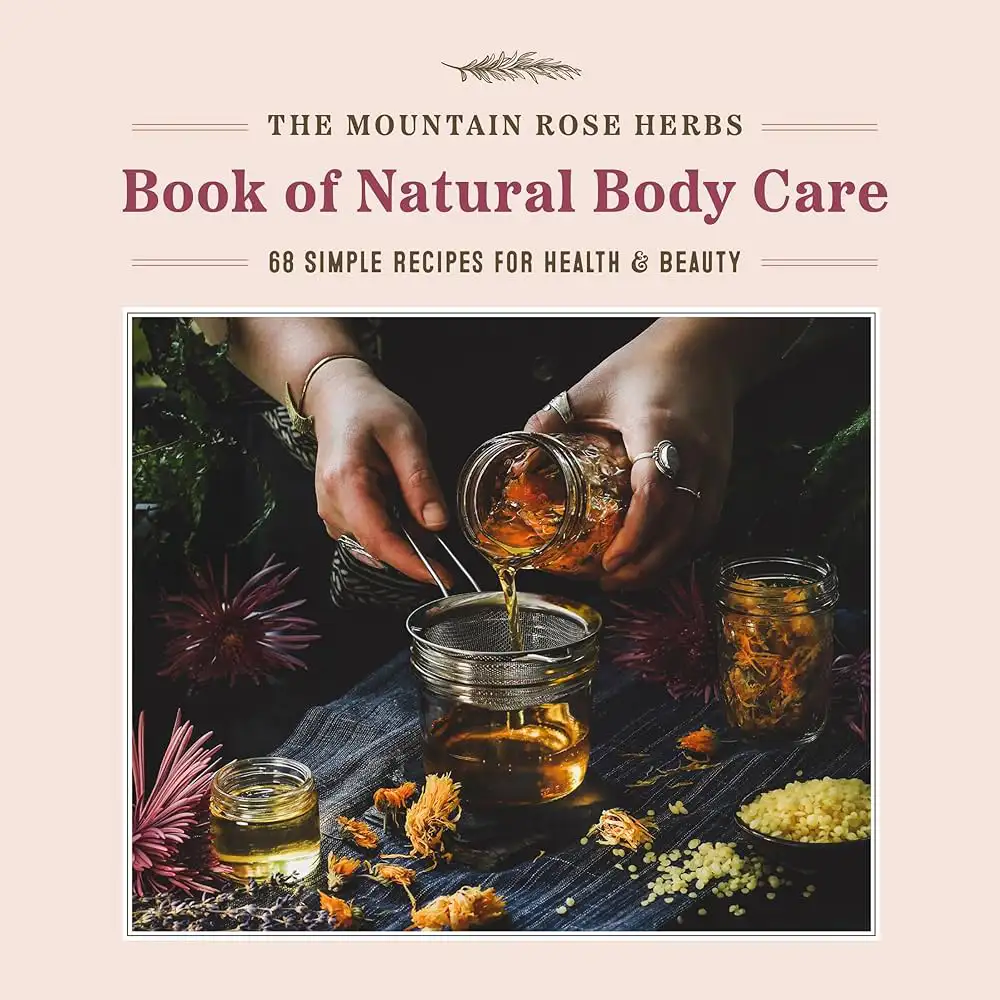
Mountain Rose Herbs has always focused on giving its customers the best organic herbs and natural products. As the company grew, it started using affiliate marketing to reach more people and stay current. The company’s successful affiliate strategy focuses on building strong relationships with customers, expert herbalists, and true brand supporters, turning them into affiliates.
They became even more successful when they began collaborating with vegan influencers and food bloggers to promote their products and boost sales.
Campaign’s Result:
The brand’s affiliate program includes over 1,400 partners who have generated more than 95,000 clicks, over 900 conversions, and $330,000 (and growing) in revenue.
9. Gillette – #GillettePartners Lifestyle Influencers
Can a razor really help you feel like your best self? Gillette says yes—and they proved it by teaming up with a group of cool, everyday American lifestyle influencers for their #GillettePartners campaign.
Instead of old-school shaving ads, these creators shared personal morning routines, grooming tips, and confidence hacks—where Gillette products just naturally fit in.
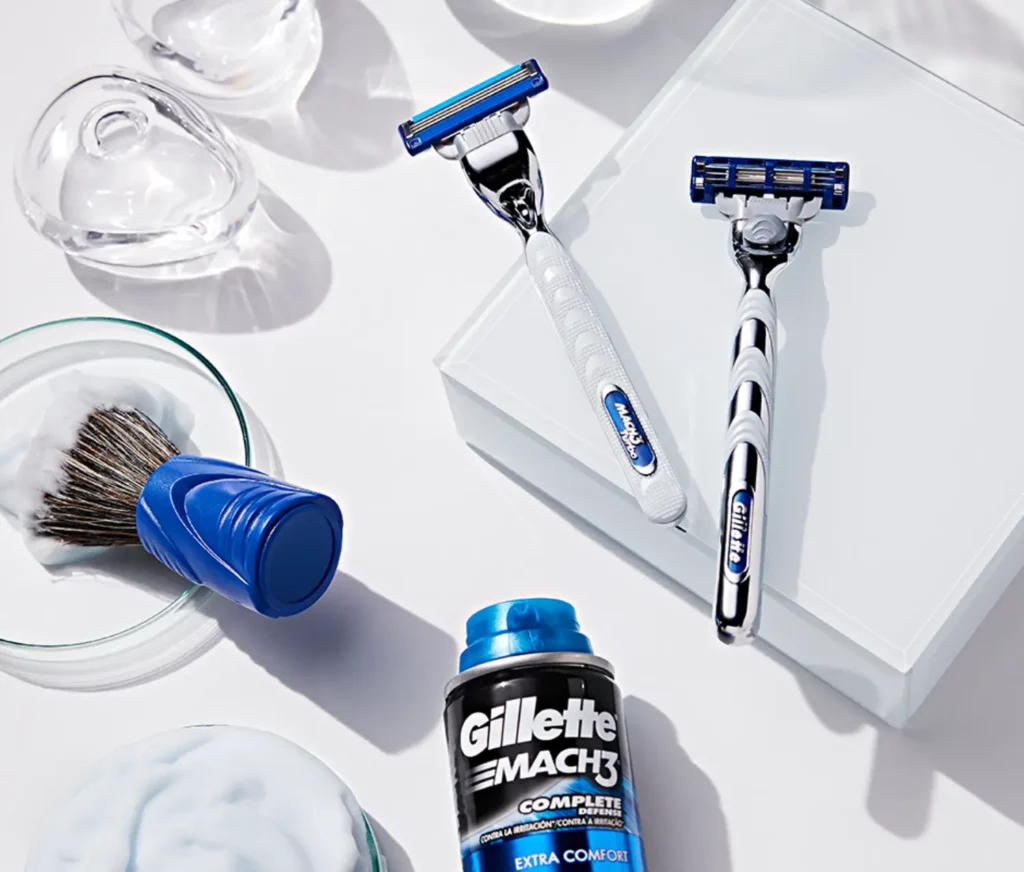
From Instagram posts to YouTube vlogs, the content felt more like hanging out with a friend than watching an ad. Some influencers even shared sweet moments—like learning to shave from their dads. And to take things offline, Gillette sponsored pop-up barbershop events, where fans got free shaves and could meet their favorite creators.
That’s when things really started to click. The hashtag took off, with not just influencers but regular guys posting their grooming routines to win a year’s supply of razors.
Gillette’s Instagram engagement jumped by 30%, and one influencer video racked up over a million views. Most importantly, young men (under 30) started buying Gillette’s new razors and trimmers—finally giving the brand a fresh edge with a younger crowd.
Why did it work? Gillette stopped selling just shaving gear—and started selling a vibe. By joining real conversations about self-care and style, and letting influencers tell authentic stories, they made grooming feel personal and modern again.
It just goes to show: when you change the way you show up, people show up too.
10. Nissan #TitanAdventure
When you take a look at this Instagram marketing campaign, you’ll see the benefits of influencer marketing that you might not be aware of. The Nissan #TitanAdventure campaign was a fun event designed to show the capabilities of the Nissan pickup truck. They brought Nissan truck owners together, along with some social media influencers and brand ambassadors, in Idaho for four days to participate in outdoor activities.
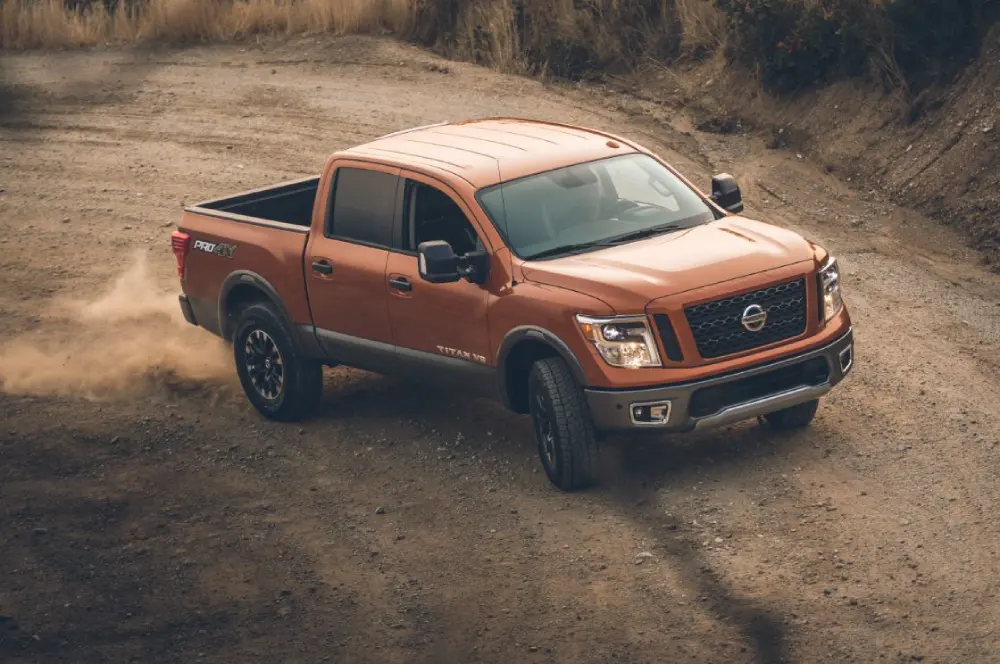
Drivers took part in off-roading, and snowmobiling, and even learned how to use their trucks to rescue stuck vehicles in the snow or dirt. The cool thing about Nissan’s camping event is that it wasn’t just about driving and gathering influencers; it was actually about wildlife and how to have a safe ride in nature.
The campaign aimed to offer fans an adventure while showing off the Nissan Titan’s capabilities in challenging conditions. Additionally, it gained a strong sense of community among Nissan truck owners.
Campaign’s Result:
The Nissan #TitanAdventure campaign highlighted the Titan’s abilities in tough conditions and built a strong community among truck owners and influencers through exciting events. Even though Nissan didn’t ask influencers to create content, they did so voluntarily because the events were so impressive. This naturally resulted in a massive increase in brand exposure.
11. Benefit Cosmetics – #BenefitBrows with Cynthia Erivo
Brows that make a statement—and a movement. Benefit Cosmetics turned up the volume on its signature brow products with the #BenefitBrows campaign, led by powerhouse performer Cynthia Erivo and a creative crew of American beauty influencers.
But this wasn’t just another celebrity endorsement—it was a celebration of individuality.
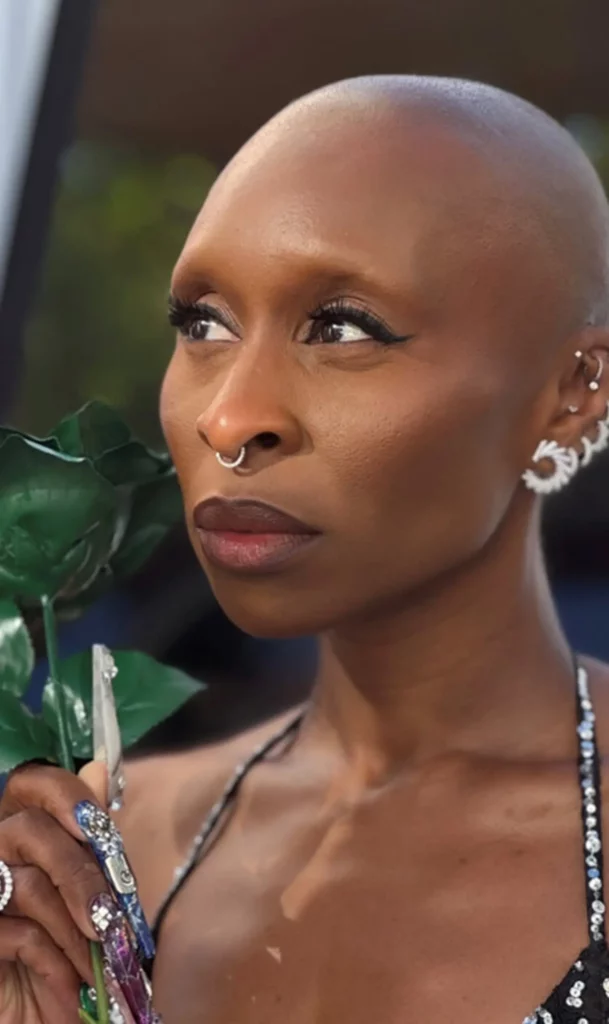
Cynthia brought star power and fearless style, while TikTok and Instagram creators showed off everything from neon brows to gem-studded glam, using products like Gimme Brow, Brow Zings, and more. The message? Brows aren’t just for shaping your face—they’re for showing your personality. And everyone’s invited: all genders, all ages, all brow vibes.
As a Beauty brand, Benefit didn’t stop at content—they launched a #BenefitBrows challenge, encouraging users to post their own transformations.
That call to action worked: TikTok views soared past 10 million, product sales surged, and some shades even sold out. Meanwhile, press coverage from top beauty outlets gave the campaign a second life outside of social media.
Why did it work? Benefit played to its strengths: bold products, inclusive branding, and a savvy influencer mix. The combination of celebrity visibility, micro-influencer authenticity, and user-generated content created a full-spectrum impact—from virality to retail.
12. Daniel Wellington #DWPickOfTheDay
Daniel Wellington is a standout case if you’re searching for top examples of influencer marketing campaigns. Their approach, which includes gifting watches to influencers, creating engaging content, and running user-generated content campaigns, has proven highly successful across various influencer marketing strategies.
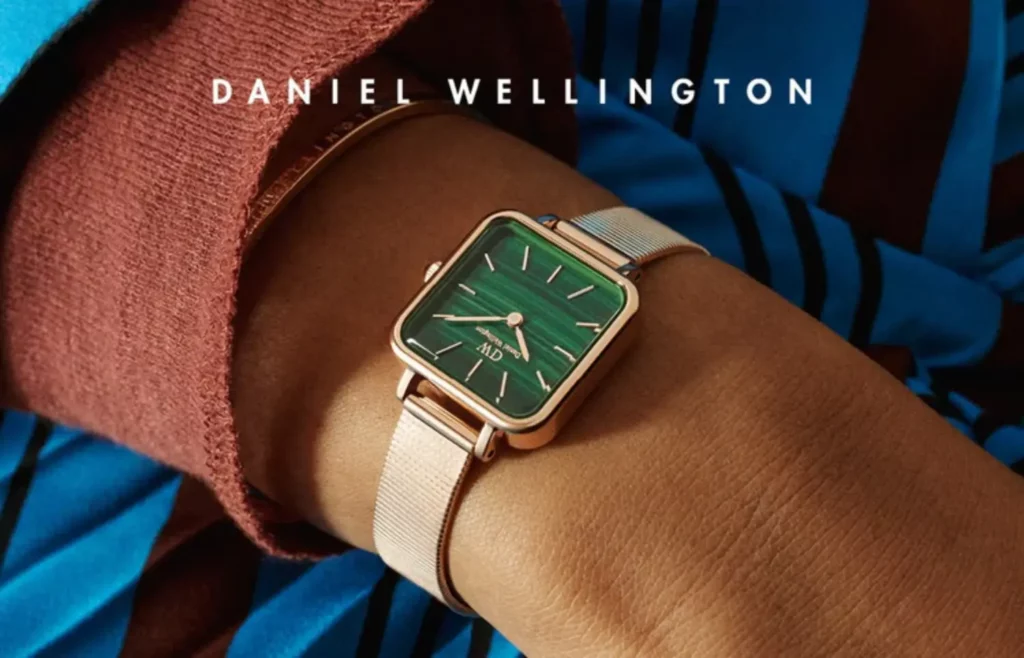
In their recent influencer campaign, Daniel Wellington promoted the hashtag #DWPickOfTheDay. Influencers purchased DW watches and posted photos with the hashtag. In response, the brand featured these posts and stories on their Instagram and created a dedicated webpage to showcase them. This made other people want to join the trend and get featured on the brand’s official profile.
Campaign’s Result:
The hashtag #DWPickOfTheDay generated over 61,000 posts on Instagram. Additionally, Daniel Wellington’s branded hashtag, #DanielWellington, was used more than 2 million times.
13. Crumble Cookies – Jonas Brothers Collaboration
Just like their tasty cookies, Crumble knows how to whip up excitement. That’s why they teamed up with the Jonas Brothers for a limited-edition cookie tied to the band’s new album — a perfect recipe for buzz.
Crumbl’s collaboration with the Jonas Brothers was all about creating hype and driving sales. The brothers, who have millions of followers, shared fun behind-the-scenes clips of baking and tasting the cookie on social media. Crumble also ran a contest where lucky fans could meet the band at a flagship store, making the campaign super interactive.
@tacobellfan22 Jonas Brothers at Crumbl Cookies! #crumbl #fyp #crumblreview #review #commentary #viral #omg #jonasbrothers #food #review #foodreview #new #famous #celebrity #celebrities ♬ Cooking – Oleg Kirilkov
To spread the word, Crumble sent PR boxes to popular dessert and American music influencers on TikTok and Instagram. These influencers unboxed and reviewed the cookie, sharing their honest reactions with their followers.
The results? Stores sold out fast, lines formed, and fans flooded social media with videos showing off their cookie runs. Crumble gained over 200,000 new Instagram followers and saw a big jump in app downloads during the campaign week. Plus, the Jonas Brothers stayed trending, keeping their album in the spotlight.
Why did it work so well? It mixed star power with real, authentic influencer buzz.
The Jonas Brothers guaranteed a huge audience, while food bloggers and TikTok creators gave the cookie credibility by proving it’s not just hype — it’s delicious. This combo made the campaign a sweet success, hitting all the right notes with fans and foodies alike.
14. Sperry# OdysseysAwait
To increase brand visibility, Sperry decided to team up with more than 100 micro-influencers on Instagram for their campaign. They focused on identifying fans who were already sharing high-quality images of their products, using these organic posts to strengthen their marketing efforts.
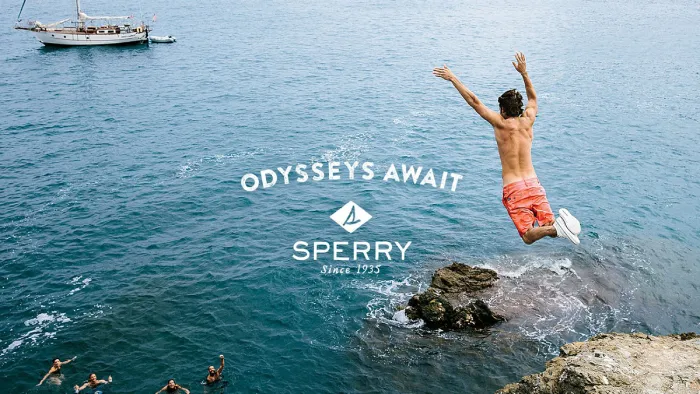
As we previously said, Sperry’s influencer campaign focused on working with micro-influencers in travel, lifestyle, and fashion to reach real, engaged audiences. Influencers posted photos of themselves wearing Sperry shoes in natural settings, using the hashtag #OdysseysAwait to encourage fans to share their content. The campaign, mainly on Instagram, promoted a lifestyle of adventure and exploration, helping to build a strong brand presence and connect with consumers.
Sperry also had another campaign called “sock vs. no sock”. The brand had some influencers wear socks and use the hashtag #TeamSock in their Instagram posts, while others went without socks and used #TeamNoSock. This campaign was a simple yet highly effective example of influencer marketing that any clothing brand can repeat.
Campaign’s Result:
Sperry improved content for their official Instagram account by only paying micro-influencers. They also gained free, genuine posts as the followers of these influencers tagged the brand and featured its products in their content.
15. Barbie Movie (2023) – “This Barbie Is…” Viral Trend
Barbie isn’t just a movie—it’s a global phenomenon, and the team behind it knew exactly how to create buzz. Their goal? To get everyone talking and sharing months before the film even hit theaters.
To do this, they launched a super fun meme generator that let anyone put their face on the Barbie movie poster with the tagline, “This Barbie is [blank].” But here’s the clever part—they got celebrities and influencers like pop star Dua Lipa to jump in first. From fashion icons to comedians, everyone was posting their own Barbie or Ken version with hilarious or inspiring descriptions.
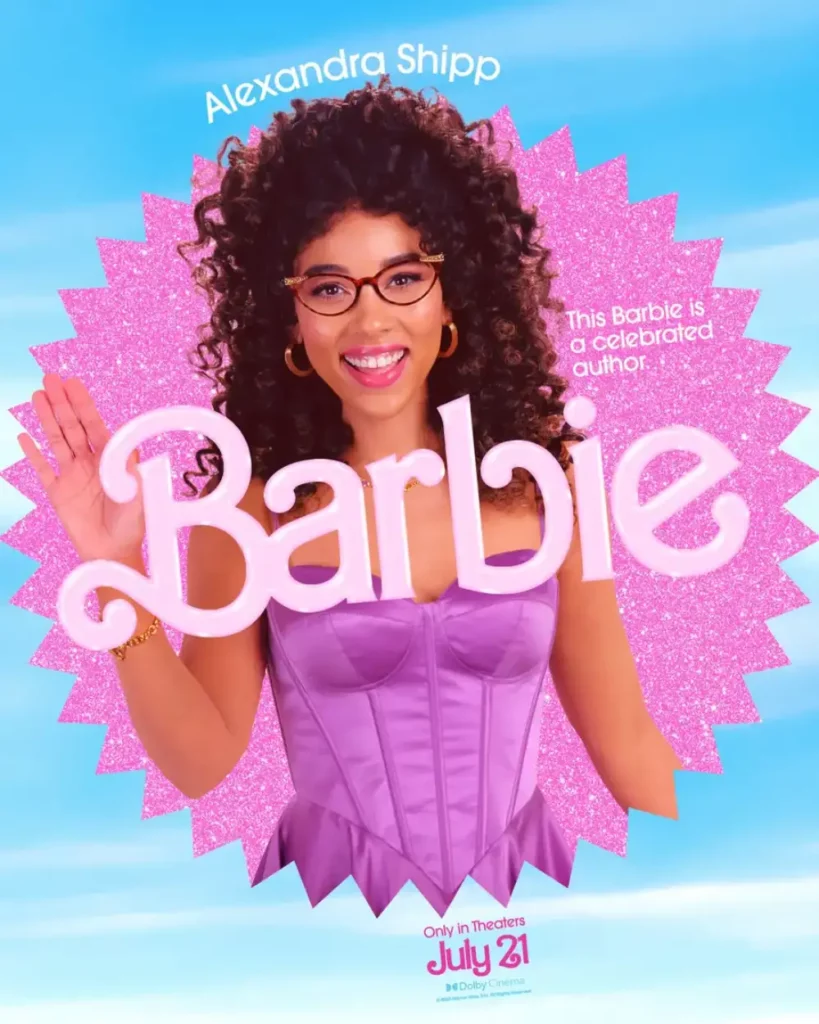
Soon, social media was flooded with these creative posts—from software engineers to skateboarders—everyone wanted to show off their Barbie or Ken side. The official hashtag #BarbieTheMovie caught fire, turning every influencer into a tiny hype machine for the film.
What happened next? Millions joined the trend worldwide, creating a tidal wave of organic buzz that no paid ad could match. Instagram feeds overflowed with Barbie memes for weeks. This social media frenzy helped the Barbie movie score one of the biggest opening weekends of 2023, proving the campaign worked like a charm.
Why was it so successful? It made self-expression fun and easy. Instead of boring ads, it gave people a creative way to be part of the story.
Plus, kicking off early built excitement way before trailers dropped. This campaign nailed the art of turning fans into influencers—and that’s why Barbie’s hype was unstoppable.
16. BMW ##RoadToCoachella
Like their exclusive luxury cars, BMW also runs some of the most exclusive marketing campaigns. That’s why they created the #RoadToCoachella campaign, to promote their cars and uniquely showcase their brand.
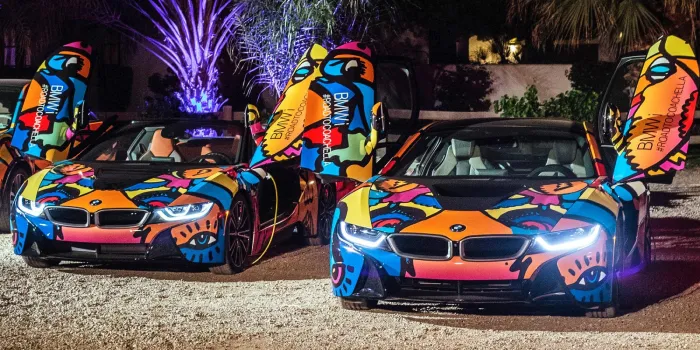
BMW’s #RoadToCoachella campaign aimed to connect with music fans and promote their cars. They worked with influencers who were popular in the festival scene, the mega influencers of course. These influencers shared their road trip experiences in BMW cars, highlighting the cars’ comfort and style, and used the hashtag #RoadToCoachella on social media.
BMW made a great impact at the festival with branded events and live updates from influencers. The campaign also invited fans to share their road trip and festival experiences with BMW using the same hashtag, further expanding the brand’s visibility.
The campaign featured several celebrities, including Alisha Marie, Julie Sariana, Ashley Tisdale, and Nick Bateman.
Campaign’s Result:
The #RoadToCoachella campaign effectively combined influencer marketing with experiential elements, boosting brand engagement and linking BMW with the lively festival scene.
17. Allen Solly #ShootForSolly
Allen Solly, one of the best and most popular online shopping stores in India, also started their influencer marketing campaign. Their campaign, which was called #ShootForSolly, had a promotional purpose, and like every other campaign, they aimed to increase sales by attracting more customers.
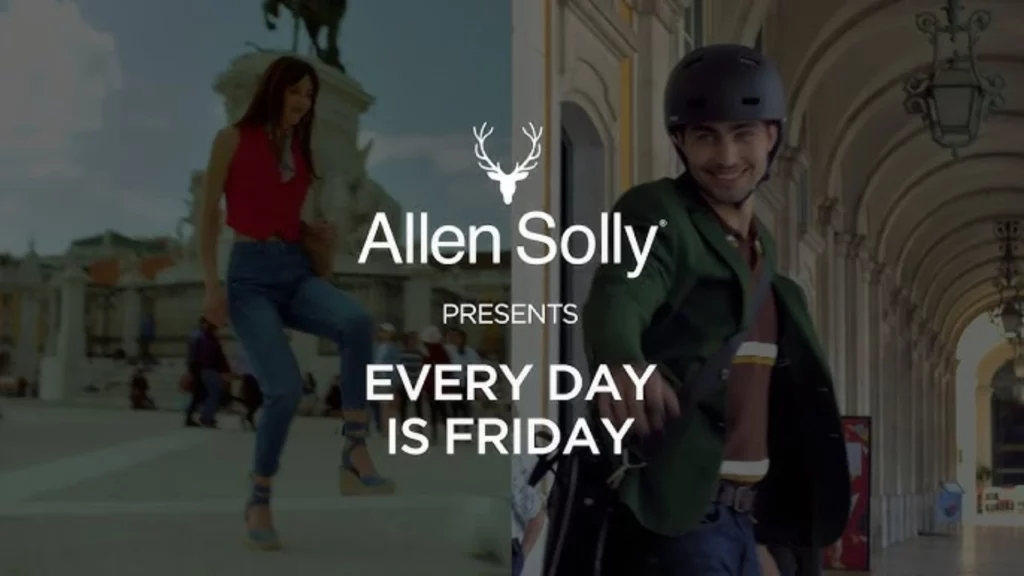
The main goal was to connect with younger customers by showcasing their new chinos as a cool alternative to jeans. More than twenty influencers teamed up with Allen Solly, styling the chinos with their favorite shirts. They then took part in a fun photoshoot, with the Allen Solly team offering remote support throughout the process.
All the photos were featured on a dedicated microsite and shared across social media, helping Allen Solly attract a growing number of customers and driving even more engagement.
Campaign’s result:
The #ShootForSolly campaign boosted 713K impressions and reached 74K people. It performed exceptionally well on Facebook, engaging 116,279 unique users and achieving a total reach of 2 million people, with 3.2 million impressions overall.
One thing all these brands have in common is that their success in marketing was mostly driven by collaborating with influencers. With influencers and their followers, they effectively promoted their products and grew their reach. But how?
There’s no way a major brand like BMW could manage its influencer marketing campaign without a solid plan. They began collaborating with influencer marketing platforms and agencies to streamline the process and ensure their campaigns ran smoothly and efficiently.
How to Create a Successful Influencer Marketing Campaign
Want to get real results from influencer marketing? Follow these easy steps:
- Set clear goals for your campaign: Decide what you want to achieve—brand awareness, website traffic, or sales. Clear goals help guide your campaign and measure success.
- Understand your target audience: Know who you’re trying to reach by identifying their age, interests, and online behavior. This helps you choose influencers whose followers match your ideal customers.
- Choose the right influencers: Look for influencers whose style and followers align with your brand. Micro-influencers often have better engagement and can be more budget-friendly.
- Pick a campaign type that fits your goals: Options include sponsored posts, giveaways, discount codes, product reviews, or long-term partnerships. Each type serves a different purpose, from building trust to driving quick sales.
- Give influencers creative freedom: Provide a short brief with brand guidelines, but let them create content in their own voice. Their authenticity is what makes followers pay attention.
- Plan a realistic timeline: Start planning 2–4 weeks ahead. Give time for product delivery, content creation, and revisions. A clear timeline avoids last-minute stress.
- Set and manage your budget wisely: Decide on total spend for influencer fees, products, and tools. Combine paid and gifted campaigns to stretch your budget further.
- Use free platforms like Ainfluencer: Tools like Ainfluencer help you find influencers, create campaigns, and track results—all without paying upfront fees.
- Track results and adjust if needed: Measure key metrics like reach, engagement, clicks, and sales. Use unique links and discount codes to see what works and improve your next campaign.
Ainfluencer: The Best Influencer Marketing Platform
Ainfluencer is the best option for brands to collaborate with influencers, and it’s free of charge. The process is quite simple: your brand creates its campaign and then starts negotiating the terms of the agreement with the chosen influencer.
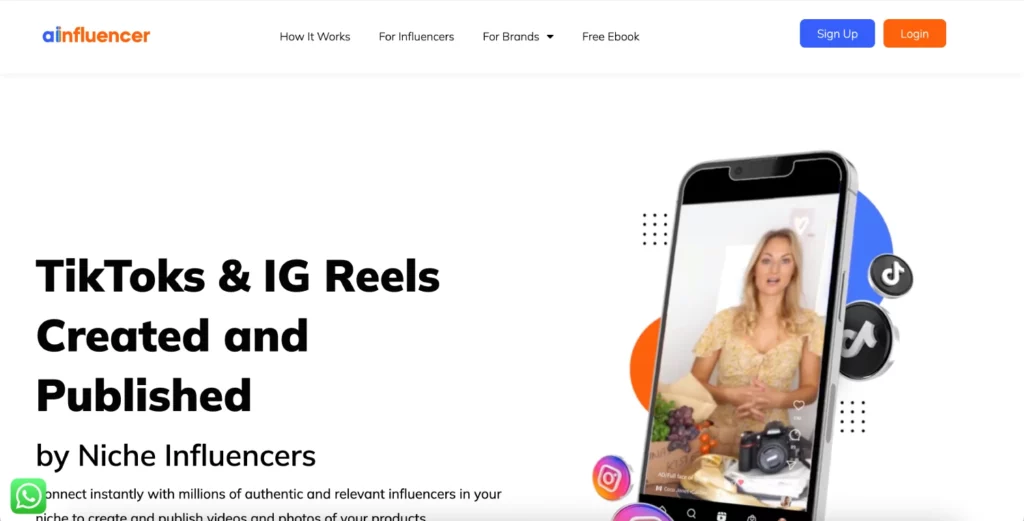
Ainfluencer offers brands a unique experience by allowing them to select influencers from around the world based on their budget. With advanced features like filtering by location, gender, niche, and more, the platform ensures a smooth and seamless collaboration process.
What’s even more interesting is that Ainfluencer has a very secure payment method. Ainfluencer holds the money in its system to ensure that influencers deliver on their promises and create content as requested by the brand before releasing the payment. With Ainfluencer’s large database of influencers, you can create your campaign with influencers on Instagram and TikTok. Sign up on Ainfluencer to experience the best in marketing campaigns.
Give Ainfluencer a TryConclusion
Now that we’ve ended our conversation, you’ve probably noticed that users trust influencers more than any other form of promotion. Influencer marketing helps you tap into that trust to boost your brand. Creating a campaign not only brings in new customers but also raises sales and engagement. That’s why we’ve put together some of the best examples of Instagram influencer marketing campaigns to help you build a winning strategy.
FAQs
Influencer marketing campaigns are all about teaming up with popular creators to help spread the word about your brand. These creators use their influence to show your products or services, increasing sales and getting more people to know and trust your brand.
In influencer marketing, the three R’s include relevance, reach, and resonance which are key to a successful strategy. Relevance means picking an influencer whose audience and style fit your brand. Reach is about how many followers they have and the number of people who could potentially see their posts. Resonance refers to how well their content connects with their audience, creating engagement.
There’s no magic number for having influencers for your campaigns. It really depends on several factors like your industry, your goals, and where your brand is in terms of growth. Every brand is different, so the right number of influencers will vary based on your specific needs and strategy.
